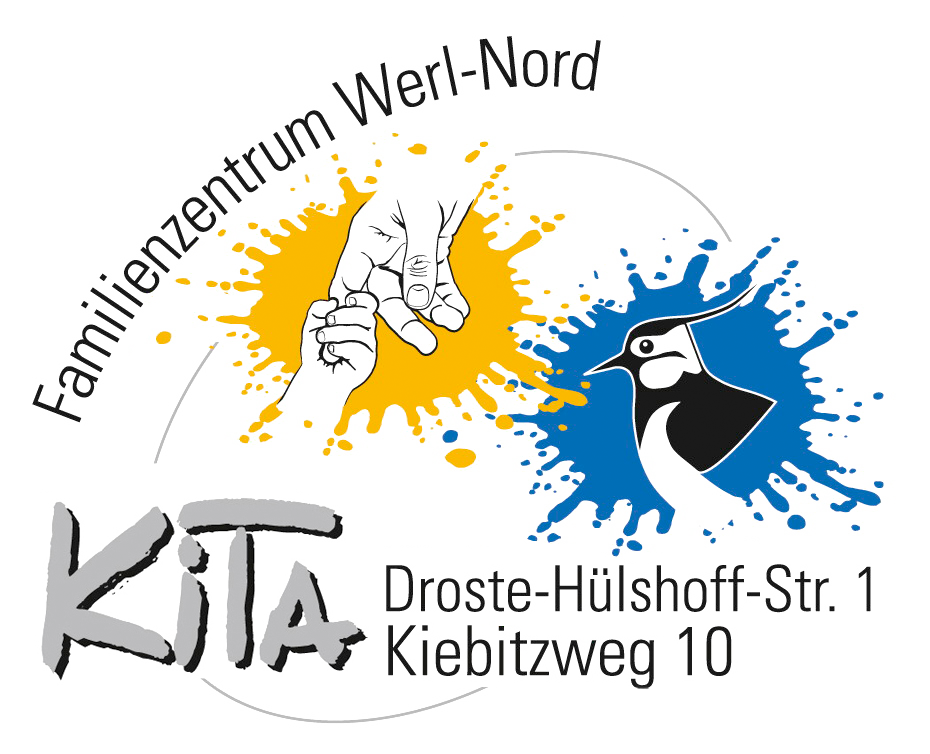Transitions are sensitive phases which demand a high level of mental effort from all people involved. These new impressions are unsettling at first and emotionally demanding. With a considerate and people centred attitude as well as organization (Berlin Model) this works out easier and is a pointer for further transitions later in life (school, work, family.)
To settle in a child we use the Berlin Model. This is concept for settling in in phases with the elementary objective of building a stable and positive relationship between the child and the specialist in the presence of the mentor.
The first phase begins before the child is admitted in an extensive conversation between the mentor and the specialist educator about the child, the family and sleeping as well as eating habits or behaviour at play, etc. Furthermore, the mentors learn about the facility and its routines.
In the basic phase the first contact takes place between the parents – child and the teacher/educator in the facility. Families achieve peace of mind and at first it is limited to a short period so as not to overburden the children.
The next step is the stabilisation and separation phase. Gradually, the contact and the build up of trust between the teacher and the child is intensified. The mentor steps back more and more into the background until the first attempt at separation is made. During the first attempt the mentor disappears only for a short time but stays in the facility. The duration of each separation phase is adjusted to suit each child.
In the final phase the mentor leaves the facility for longer but remains in touch. The stay of the children in the facility is gradually extended until the settling in period is completed.
In order to allow smooth transition from U3- to Ü3-groups (the switch to the older groups) the children spend some time in the older groups and take part in their activities in order to get to know the teachers, children and the daily routine. Here the children are assigned their future symbol for their clothes hook and shelf. Familiar and personal objects/habits are taken over from home as well as from their previous group. Mentors are invited to a get-to-know-afternoon to also get their first impressions. In personal discussions between mentors and teachers individual information is exchanged so that transition can take place as smoothly as possible.
In the Ü3-area we place a lot of emphasis on advancement of future school children and cooperation with each of the schools in order to make the switch to primary or special school as easy as possible (see also children in the final year).
In case of all transitions an intensive exchange between mentors, teachers, doctors and even the Health Office as well as teaching staff from the primary and special schools and other institutions play an important role.
Micro-transitions are the small transitions in the daily routine. They appear as changes
- from activities (e.g. from play to clearing up and eating)
- from rooms (e.g. from the wash room to the bedroom)
- of people (e.g. shift changes)
Three periods during micro-transition need to be observed more closely:
- the time directly before transition
- the time during transition
- the time directly after transition
from: Krippenkinder: 4 /2020
Above all the target groups of U3 children and special needs / impaired children often lack the ability to regulate and adjust to these mini-transitions in the daily routine of the nursery. Only with time and the most stable routine possible the child becomes more and more able to absorb these transitions and can react to them with a minimum of emotional strain. The following behaviour is displayed by the teachers in the daily routine in order to fashion this learning area for the children:
- changes are introduced, gladly with a fixed ritual – an accompanying verse or short song
- insular situations are sought in order to develop a suitable individual contact to the child
- Waiting times are balanced through grouping
- staffing is planned accordingly for these situations, e.g. adjusting break times of each teacher to the processes of the group – working hours
Attitude of the Teachers
The teaching staff accompany transition periods with a great amount of sensitivity directed to each child. They observe the stress behaviour of the child and if need be change the situations in order to reduce any stress in advance. Offering to be close to the child and giving support is consciously presented early in proceedings. The teacher gets support from third parties in the case of children over reacting, e.g. additional staff, etc. The teaching staff strengthen the self-efficacy of the child in that they encourage them to take up a challenge and confirm their success. They give the child time and let them have the space to train their new routine. They are the safe haven for the children in this uneasy situation.




